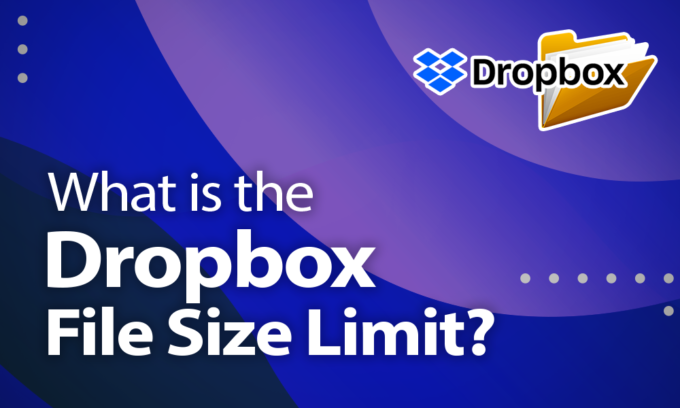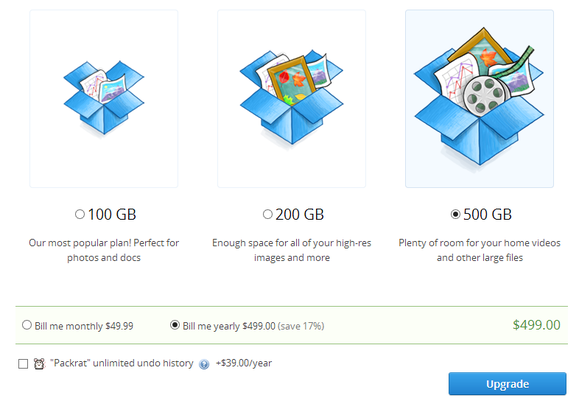

We tested more than 50 cloud storage solutions to compare which is the best one such test was uploading and then downloading again the same 1GB sample file for each service. We like Dropbox Passwords too: the company’s attempt at a password manager is free up to 50 passwords, but any above this limit are bundled into paid subscriptions, helping to make Dropbox a more well-rounded offering. Unlike Box, Dropbox also has its own word processing app, but it’s limited to the Word/Pages/Docs-like ‘ Paper.’ Still, to have this as part of the plan is an important selling point for the company. As standard, all paid personal and business plans get three e-signatures to use each month, but certain plans can expand this. It also has a number of its own services, like e-signature tool HelloSign and email attachment replacement service DocSend.

This may not be too problematic for some types of businesses, but companies specializing in media will want to consider this if they typically work with larger files.ĭropbox (opens in new tab) - one of the first companies that set out to revolutionize file storage, whose aim it was to kill off the USB - offers a very similar proposition to the similarly named Box, in that files are stored online and can integrate with a number of third-party services like Google Suite, Microsoft Office, and Slack. However, it is a little let down by the limits imposed on uploading files, which range from a tiny 250MB for personal plans to 150GB for pricey Enterprise Plus subscriptions.

It’s a great solution for businesses with plenty of team management controls like file access, collaboration, and history. If you’re using a mobile device, you can show a warning when uploading using mobile data, but that’s about as deep as it gets. The desktop client does a great job of managing files in the background, but it’s best left to its own devices with no granular control for things like bandwidth throttling. It goes without saying that there is browser access to your files, but for the most seamless experience, you’ll probably want to download one of the apps. The company doesn’t have any of its own apps per se, so you’re free to use the tools you’re already familiar with. That said, unless you own desktop versions of any apps you need, you may find yourself needing to subscribe to additional services to get access.īox (opens in new tab) says it has more than 1,500 integrations possible, ranging from Microsoft Office and Google Workspace to communication tools like Slack and Zoom. This keeps things simple because it all comes down to how well the service deals with storing files. While some cloud storage services are bundled together with word processing apps from the same company - Microsoft OneDrive and Office, for example - others don’t.


 0 kommentar(er)
0 kommentar(er)
